Ravens are large members of the Corvus, or crow, family. Ravens are not in a separate group within the crow family, but instead just constitute a number of larger birds. There are nine different living raven species, but the common raven is usually the bird referred to when using the term “raven.” Because of this, we will focus on the common raven for more specific information. Read on to learn about the raven.
Description of the Raven
Ravens are large, black birds with thick bills, which make a deep quorking sound. Ravens’ beaks, known as “bills,” are quite large and slightly rounded. Common ravens and thick-billed ravens are the largest of all the Corvid family.
They are 2.5 lbs. on average, but can weigh as much as 4.5 lbs. or more, and their wingspan can reach nearly 5 feet long! Their throat feathers are long and pointed, giving them a “scruffy” look.
Interesting Facts About the Raven
Ravens are impressively intelligent, and studies have shown their intellect can be compared with dolphins and great apes! These birds are not only large and imposing, but also crafty and quick to problem solve.
- Logical Thinking – When it comes to solving problems, ravens are near the top of the list. They are capable of reaching a solution without being shown, or learning from another bird. Researchers conducted a test in which they hung a piece of food from a branch. Most ravens were able to pull the string, holding the loops with their feet, and get the food on their first try. Many ravens were able to solve the puzzle within 30 seconds.
- Crafty Corvid – Not only can ravens solve problems, but they can outsmart one another as well. Ravens frequently hide extra food, a behavior called “” If the raven knows another bird is watching it, it will “fake” a cache a few times before actually hiding the food. This can effectively trick the other bird.
- Master Mimicry – Step aside parrots, ravens are taking over the talking bird role. Ravens can mimic human speech, along with many other sounds, with incredible They have also been recorded mimicking the calls of wolves and foxes. Scientists believe that ravens may call foxes or wolves to a carcass that hasn’t been “opened,” because the ravens cannot get to the meat inside.
- Nonverbal Communication – Ravens are also incredibly efficient in nonverbal communication with one another. Researchers have recorded many instances of ravens pointing with their beaks to indicate a direction or object to another bird, the same way we point our fingers. Besides primates, ravens are the only animals to use gestures in nature.
Habitat of the Raven
Common ravens are widespread, but do have preferred habitats. They can be quite shy birds, and tend to avoid more urbanized areas. Their favorite habitats are forests or wooded areas that have meadows or open areas nearby.
They also seem to enjoy living in coastal habitats. While they shy away from close interaction with people, they will live near human establishments, and take advantage of the food sources available.
Distribution of the Raven
Common ravens can be found across the entire northern hemisphere. They range from the Arctic Circle all the way to Central America, Northern Africa, and much of Asia. They have been spotted at altitudes up to 20,000 ft. on Mount Everest. Different subspecies of these widespread birds are found as “residents” worldwide.
Diet of the Raven
Ravens are not picky eaters. They are omnivores, and will feed on both plants and animals. Ravens take advantage of any feeding opportunity presented to them. They will feed on carrion, or animal carcasses, if given the opportunity. Ravens hunt small rodents, like rats, mice, and voles, as well as insects, small reptiles, bird eggs, hatchlings, and more. They will also eat nuts, berries, and fruit.
Raven and Human Interaction
Like crows, ravens will take advantage of edible crops. This leads to conflicts with farmers, and they are considered to be a pest in some areas. They are also commonly vilified for killing young livestock.
In reality, the ravens are likely feeding on young livestock that has already died, rather than killing it themselves. Culling of ravens has also occurred as a method of reducing predation of other, threatened species, like the desert tortoise and the Steller’s eider.
Domestication
Ravens have not been domesticated in any way.
Does the Raven Make a Good Pet
Ravens are large, wild birds that are incredibly intelligent. This makes them poor candidates as pets. Their intelligence tends to get them into trouble, and their size requires lots of space for flight. They are also protected by the Migratory Bird Act, and it is illegal to own a raven as a pet.
Raven Care
In zoos, ravens are provided with lots of aviary space for flight so they get plenty of exercise. They require plenty of environmental enrichment to keep them entertained, like toys, puzzle feeders, new branches, and training.
These intelligent birds are fast learners, and can be taught a number of behaviors using positive reinforcement. Training is great mental stimulation for animals. They are provided a varied diet of mice or rats, chicks, eggs, and various fruits and veggies.
Behavior of the Raven
Younger birds form large flocks, and roost in groups at nights. They will feed in large congregations at carcasses, but this is mainly due to the food source being difficult to defend. At food sources a pecking order will be established, usually with the resident mated pair as the most dominant. Adult birds remain in mated pairs and hold a territory, and they are commonly accompanied by the previous year’s offspring.
Reproduction of the Raven
Courting does not begin until birds are 2 – 3 years old. Choosing a mate involves lots of aerial acrobatics, gifts of food, and shows of intelligence and skill. Most ravens will mate for life, and usually keep the same nest year after year.
Female ravens lay 3 – 7 eggs, and incubate them for 18 – 21 days. The young chicks will fledge at 35 – 42 days old, and will continue being fed by their parents for up to 6 months.
Beliefs, Superstitions, and Phobias About the Raven
Ravens have been present in mythology and folklore for hundreds of years. Many cultures view ravens as messengers or symbols of the gods. The Viking god, Odin, had a pair of ravens that reported the conditions on earth to him.
Chinese culture believed ravens conjured rain and storms as a sign of the gods passing through. Many Native American tribes worshiped the raven as a god himself, called “Raven.”

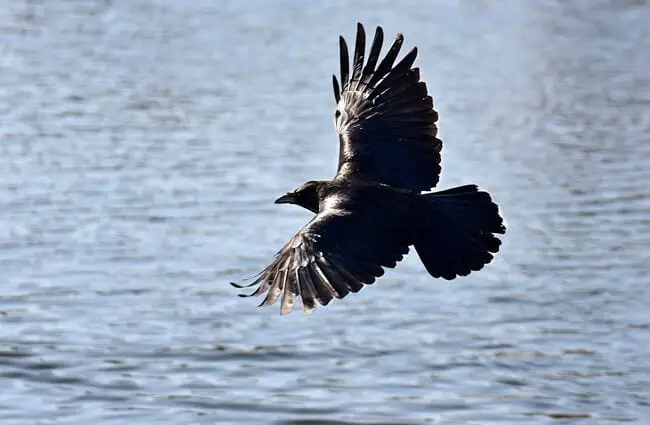
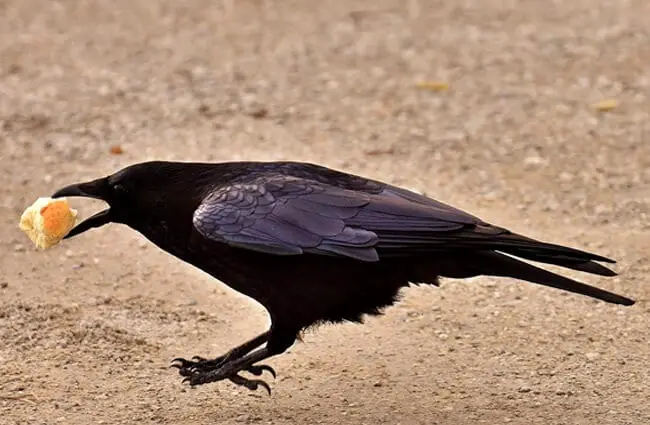
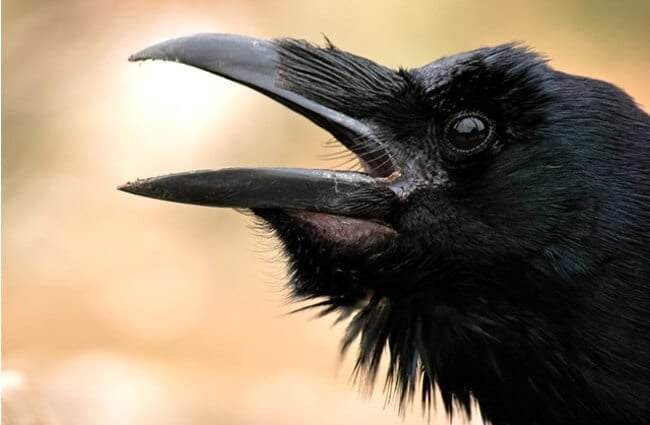
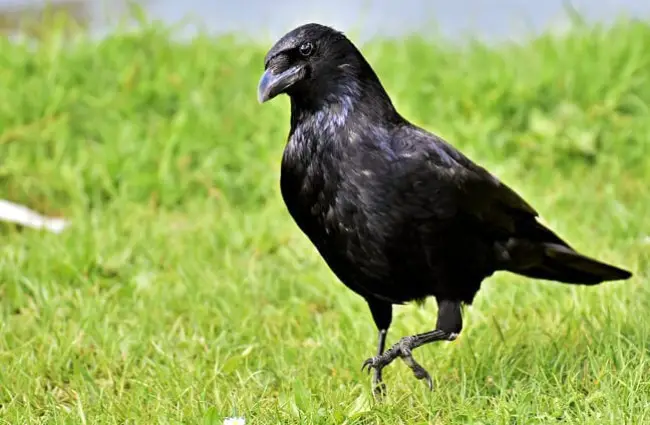


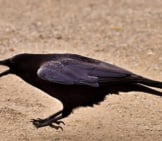
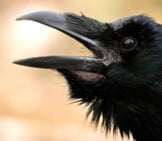


![Red Angus Closeup of a beautiful Red Angus cowPhoto by: U.S. Department of Agriculture [pubic domain]https://creativecommons.org/licenses/by/2.0/](https://animals.net/wp-content/uploads/2020/03/Red-Angus-4-238x178.jpg)












![Red Angus Closeup of a beautiful Red Angus cowPhoto by: U.S. Department of Agriculture [pubic domain]https://creativecommons.org/licenses/by/2.0/](https://animals.net/wp-content/uploads/2020/03/Red-Angus-4-100x75.jpg)

